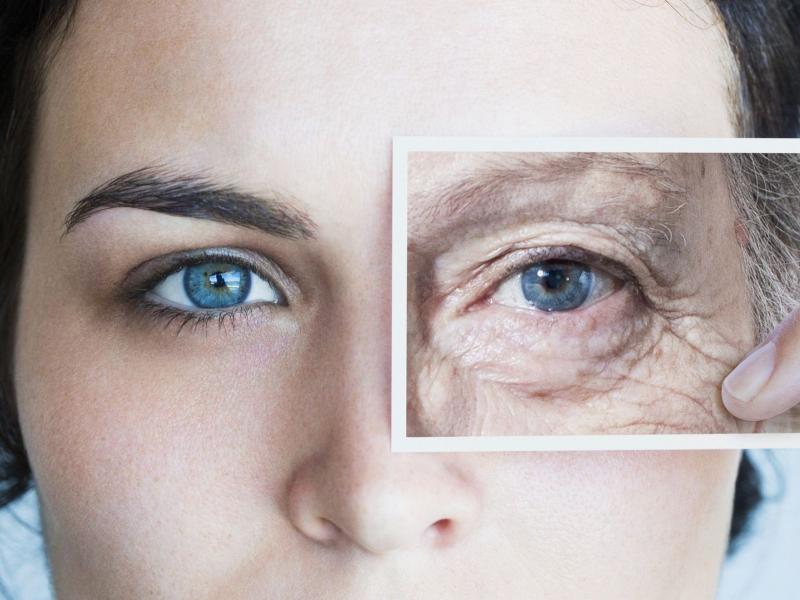Rejuvenating skin cells is possible
Using cellular reprogramming, scientists were able to reverse the aging of skin cells by around 30 years, an extraordinary result that could lead to groundbreaking anti-aging therapies and regenerative medicine in the future, as well as to discoveries in the field of genetics. The age of rejuvenated cells, verified by specific molecular measurements, has also been demonstrated by behavioral analysis in simulated skin wounds; their reaction was indeed comparable to that of cells with three decades less "on their backs". These are preliminary laboratory results, but the potential clinical impact of such a procedure could be revolutionary.
The “new” cell regeneration technique
To rejuvenate the cells of the skin (fibroblasts), the researchers used the cell reprogramming technique developed by Yamanaka but "revisited" and corrected, that is to say by using the same cocktail of rejuvenating proteins, called " Yamanaka factors” (Oct4, Sox2, Klf4, and cMyc), but delivered it to the cells for only 13 days instead of the canonical 50. In this way, the cells were only partially reprogrammed, therefore they lost all the signs caused by age and, only temporarily, their identity. The new method - called "transient reprogramming of the maturation phase" - thus overcomes the problem of the complete cancellation of cellular identity by interrupting the reprogramming of part of the process, which allowed the researchers to find the precise balance between cell reprogramming. , making them biologically younger, while being able to regain their specialized cellular function.
Then, the partially reprogrammed cells were cultured under normal conditions, thus regaining their identity as skin cells (with a mechanism yet to be discovered) and their ability to produce their collagen as younger cells do.
Fibroblasts and wound healing
The job of fibroblasts (skin cells) is to produce collagen, a molecule found in bones, skin tendons, and ligaments, which helps structure tissues and heal wounds. Thanks to the new cell regeneration technique developed by the researchers, the skin cells are not only rejuvenated, but they also function like younger ones. Rejuvenated fibroblasts produced more collagen protein than control cells that did not undergo the reprogramming process.
Not only that, the researchers, simulating a wound, also found that rejuvenated fibroblasts migrated to the cut faster than untreated ones, i.e. old cells. "This - the researchers said - is a promising signal for regenerative medicine, at least about the healing of skin wounds without leaving scars"
New therapeutic perspectives
The researchers observed that their cell regeneration method also had rejuvenating effects on other genes linked to age-related diseases and symptoms, including the APBA2 gene, which is associated with Alzheimer's disease, and the MAF gene, which plays a role in the development of cataracts. This could pave the way for new treatments, although the mechanism behind successful transient reprogramming is not yet fully understood.
In this regard, the researchers hypothesize that key areas of the genome involved in the formation of cellular identity could escape the reprogramming process.
The results represent a major step forward in the understanding of cellular reprogramming. They showed that cells can be rejuvenated without losing their function, and that rejuvenation attempts to restore some functions of old cells. They also saw a flip side. Indicators of aging in disease-associated genes are particularly promising for the future of this work.






